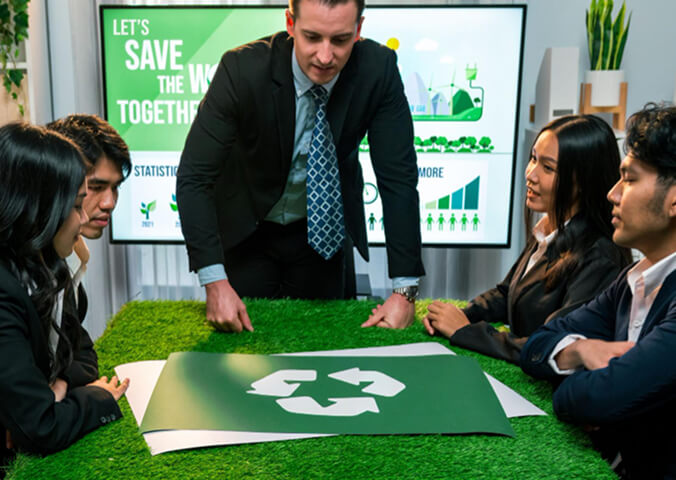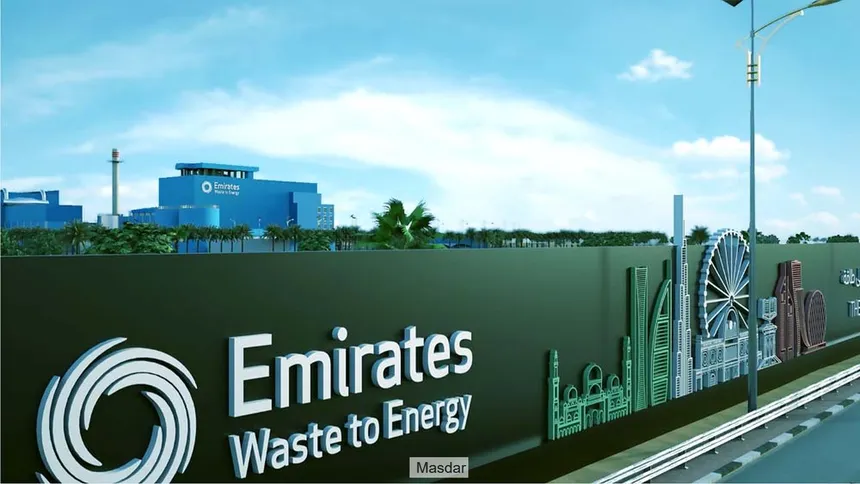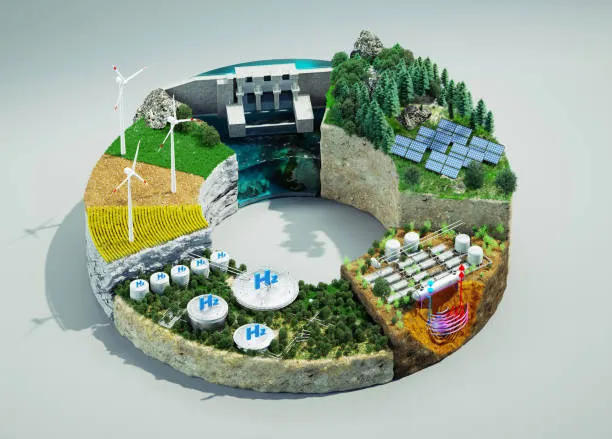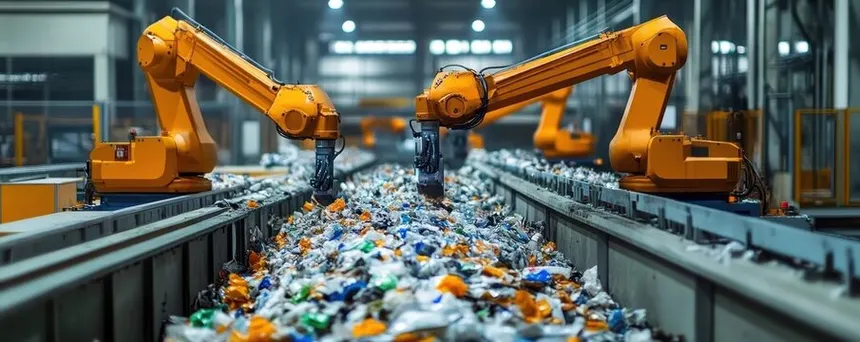


The Middle East, with abundant oil reserves and the rapidly growing urban population, is facing a growing waste management issue. Because of urban expansion and industrialization, waste generation has increased enormously. Landfilling, in the conventional manner, is no longer an option with environmental concerns and lack of space. Waste-to-Energy (WtE) thus emerges as a feasible and practical solution having two benefits: disposal of waste in an economical manner and production of clean energy. WtE projects are here discussed how they complement solar power, contribute to circular economy goals, and foster sustainability in the Middle East.
In 2016, the world generated 242 million tonnes of plastic waste .The majority of the waste is dumped or landfilled in uncontrolled sites, leading to environmental degradation, groundwater contamination, and methane emissions. The UAE, Saudi Arabia, and Qatar are just some of the nations pouring major investments in waste management technology to tackle such issues.
WtE is technology that converts non-recyclable waste into valuable heat, electricity, or fuel by combustion or other thermal processing methods. The key processes include:
All these technologies help reduce landfill dependence, minimize carbon emissions, and provide a reliable source of energy.
The Middle East is endowed with abundant solar energy resources and a leader in deploying renewable energy. Solar power, however, faces the problem of intermittency—the production of electricity fluctuates based on sunlight. WtE complements solar power through a steady and stable power output, which assures energy security both at night and during cloudy conditions. The UAE and Saudi Arabia are integrating Waste-to-Energy with solar ventures to create an even and sustainable energy mix.

Dubai’s Warsan WtE Plant, set to become the world’s largest WtE facility, will process 1.9 million tons of waste annually and generate 200 MW of electricity—enough to power 135,000 homes. This initiative aligns with Dubai’s Clean Energy Strategy 2050, aiming to reduce landfill waste and transition towards sustainable energy solutions.

A circular economy is structured to reduce waste, reuse resources, and recycle materials, creating a loop-based system. WtE plays an important role by:
By converting waste into a product, Waste-to-Energy initiatives align with the Middle East’s push towards sustainability, enabling ethical consumption and production.
Despite its benefits, Waste-to-Energy has some challenges like:
In order to resolve the above challenges, Middle Eastern governments must:

Clenergize provides end-to-end sustainability solutions to help businesses transition to circular economy operations. Our Waste-to-Energy capabilities include:
Waste-to-Energy is a game-changer for the Middle East, addressing the challenges of both energy security and waste management. Through complementing solar power and backing circular economy ambitions, WtE programs lead the way towards a low-carbon world. Governments, organizations, and stakeholders must collaborate in investing in future-proof technology, implementing supportive policies, and raising awareness so that WtE can realize its maximum benefits. With expertise in the area of green energy solutions, Clenergize can support organizations in making the shift to WtE strategies with long-term environmental and economic benefits.
Would you like to include Waste-to-Energy solutions in your sustainability strategy? Get in touch with Clenergize today and discover how we can help you build a cleaner, more sustainable future.